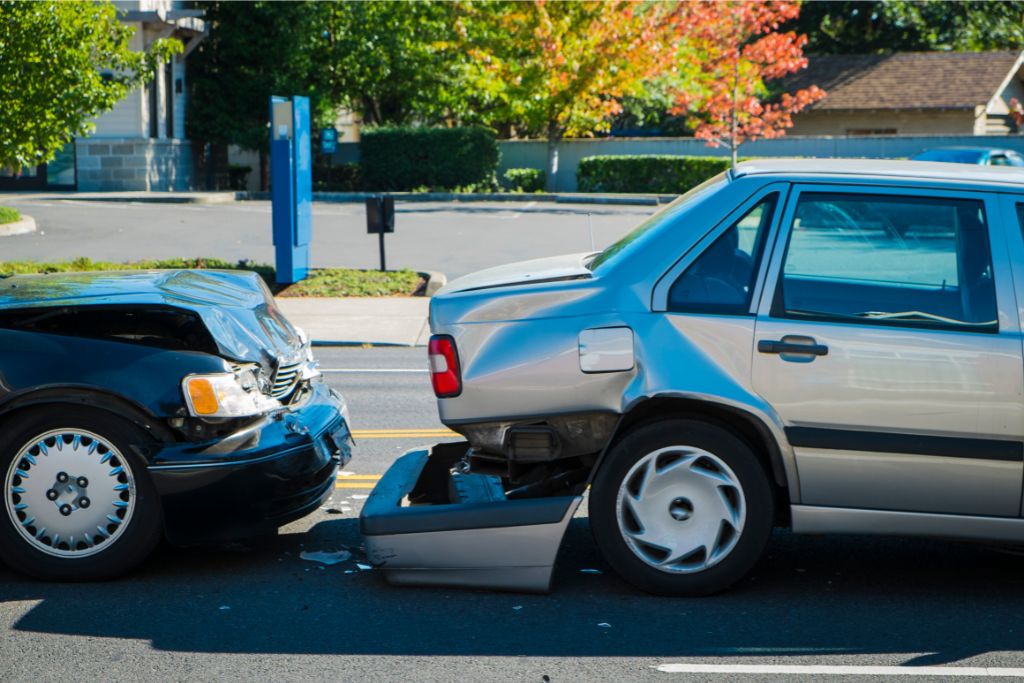Getting into a car accident is always stressful, especially when determining who is at fault. Depending on the situation, the steps to a final verdict can be long, drawn out, and contested, involving police reports and insurance investigations. Knowing the steps of the process for determining fault, as well as what factors can make you the party at fault, is essential for navigating any traffic-related accident.
What Does “Fault” Mean?
Although accidents are never planned, there is always one party whose actions contribute heavily to the accident at hand and are therefore at fault for the incident. In terms of auto accidents, being “at fault” means that your actions are the cause of the accident. For example, if you decide to make an illegal U-turn and end up hitting another car in the process, you would be at fault for that accident. Different states have different ways of determining fault, and they base their analysis on a fault or no-fault system.
Drivers who cause an accident in California are required by law to compensate the victims for their losses. If you are held accountable for the collision, you will have to pay the victim’s damages. Each motorist is liable for paying the portion of damages for which they are responsible when numerous parties share fault for an accident. To lawfully drive a car in the state, all drivers:
- Must be covered by insurance.
- Are required to always keep proof of insurance in their cars.
- Are expected to exchange contact and insurance information following an accident.
Are You Always at Fault for Accidents Involving Pedestrians?
In collisions involving pedestrians, drivers are not always to blame. If a pedestrian behaves recklessly, such as by running in the middle of the road, the driver may not be held responsible for any accidents involving that pedestrian and their car. A driver may, nevertheless, be at fault for a pedestrian collision in a variety of situations. If a car driver injured you or a loved one while you were a pedestrian, you may be able to seek compensation.
In cases of vehicular manslaughter, where an incident of reckless driving leads to the death of another person, the driver will be at fault for the accident. Three categories of vehicular manslaughter are listed in California Penal Code 191(c):
- Gross Negligence: A motorist engages in gross carelessness while operating a vehicle while committing a misdemeanor or while operating a vehicle in a way that could result in fatalities.
- Misdemeanor: A motorist engages in ordinary carelessness while committing a misdemeanor offense or while operating their vehicle in a way that could result in fatalities.
- Financial Gain: A driver causes an accident intending to profit financially.
What Does the Claims Process Look Like?
Your insurer designates a claims adjuster who serves as your point of contact when you file a claim. This person coordinates the teams that:
- Examine medical records.
- Investigate accidents.
- Interview witnesses.
- View the scene.
- Assess vehicle damage.
- Oversee repairs and any medical care.
- Check all coverages (the amount your insurance will pay for medical expenses and property damage).
- Ultimately assign blame.
Medical care and auto repairs begin while adjusters are at work, and each insurance company is responsible for paying for its own driver’s injuries and property losses. The term “making you whole” refers to this procedure of indemnification. You are indemnified by your insurance provider, not the other way around.
California is a fault state, meaning that all parties involved in an accident file a claim with the insurance of the person who is decidedly at fault for the collision. For example, if you are at a red light and get rear-ended, pushing your car into the car in front of you, the driver behind you is presumably at fault at that moment. Both you and the driver in front of you would file a claim with the third driver’s insurance. Once the claims are filed, the insurance adjuster can review your claims and make a final decision on the matter.
FAQs
Q: Can Both Drivers Be at Fault in California?
A: When it comes to accidents, one of the first things that many drivers consider is whether their state has a no-fault law. California is one of the 38 states without a no-fault system. This means that whoever caused the accident will be liable for the costs of the damages and medical expenses of the party that is not at fault.
Q: Is California a No-Fault State for Car Accidents?
A: California, along with 37 other U.S. states, is considered a fault state, meaning that the person proven to be at fault for an accident will cover the costs of damages and medical bills for all parties involved. From an insurance perspective, all parties involved are to file a claim with the insurance agency of the at-fault driver.
Q: How Do Insurers Decide Who Is at Fault?
A: To handle a particular claim, the insurance companies will designate an insurance adjuster. This person speaks with the parties involved and examines the police report, medical records, and invoices relating to the alleged injuries. The adjuster will use all this data to produce a report determining who they believe to be the accident’s responsible party.
Q: How Do Insurance Adjusters Determine Fault?
A: After investigating the incident, the insurance adjuster will compile:
- The evidence presented from the crash
- Eyewitness testimony
- Statements from the party presumably at fault
- Statements from any other involved parties
- The official police report
From there, the insurance adjuster assigned to the case can examine all the variables in play and officially determine who is at fault.
Seeking Legal Help for Car Accidents
Car accidents are never easy to deal with, so finding legal support for these matters is crucial to properly compile your case. At Guenard & Bozarth, LLP, a Sacramento car accident attorney can help you with your insurance claims and walk you through the process, ensuring that you get the support you need to handle any accident. For more information on our services, visit our website and contact us today.


